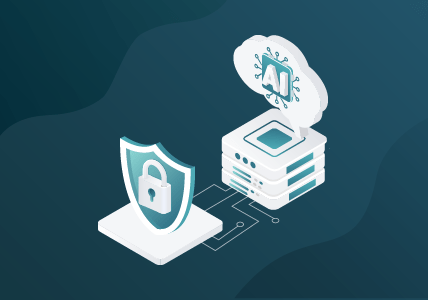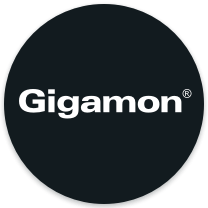Making 5G Fit for the Future: Managing the Data Deluge
This article was previously published by Mobile Magazine.
According to a study by Accenture last year, 85 percent of business decision-makers expect to use 5G to support mobile employees within the next four years. Commercial 5G is growing rapidly, and business 5G is expected to turbocharge this growth. Enhanced mobile broadband, work-from-home paradigms, and massive machine-type communications are going to drive a deluge of additional new data. How you manage data is therefore going to be a determining factor for success in a 5G world. There is massive value in this data, but be careful, as the processing and storage of this data can incur massive costs as well.
The sheer volume of 5G traffic, as well as the different requirements of video streaming versus autonomous car data, for example, will mean that visibility of network traffic will play an increasingly vital role. It is also important to prepare the network control plane to deliver the visibility and performance that will enable a strong 5G user experience. Such close analysis of the network can also help pinpoint performance issues more quickly, reducing mean time to resolution (MTTR), enhancing network reliability, and minimizing support costs.
Unfortunately, we have witnessed countless communication service providers’ (CSPs) network visibility tools being overwhelmed by data. When tools become overwhelmed, there is a natural and healthy fear of losing data, which often drives a corresponding rise in unbudgeted network probe spend, all to keep a handle on network performance issues, manage the customer experience, and power analytical insights. But there is a cost: network probes for 100 percent of the traffic, 100 percent of the time is not a sustainable approach for most organizations.
Consider This Question: Is All Data of Equal Value?
New data optimization techniques can be used to retain critical data in smart ways that don’t overload network probes. It is possible to use probes in a vastly more efficient manner, without capturing 100 percent of the traffic, 100 percent of the time, yet still gain the most important insights for troubleshooting, monitoring, and analytics. There are many such data optimization techniques, ranging from simple ones like de-duplication and flow slicing, to more intelligent ones like subscriber sampling and application filtering. Or go a step further and transform the network packets into metadata records. There is an optimization technique to fit nearly every use case.
Building a 5G architecture and network strategy which includes network visibility will produce a head start on 5G service maturity, enable faster adoption by business customers, and keep tool costs balanced and manageable for years to come.
Featured Webinars
Hear from our experts on the latest trends and best practices to optimize your network visibility and analysis.

CONTINUE THE DISCUSSION
People are talking about this in the Gigamon Community’s Service Provider group.
Share your thoughts today








 Matt Percival
Matt Percival